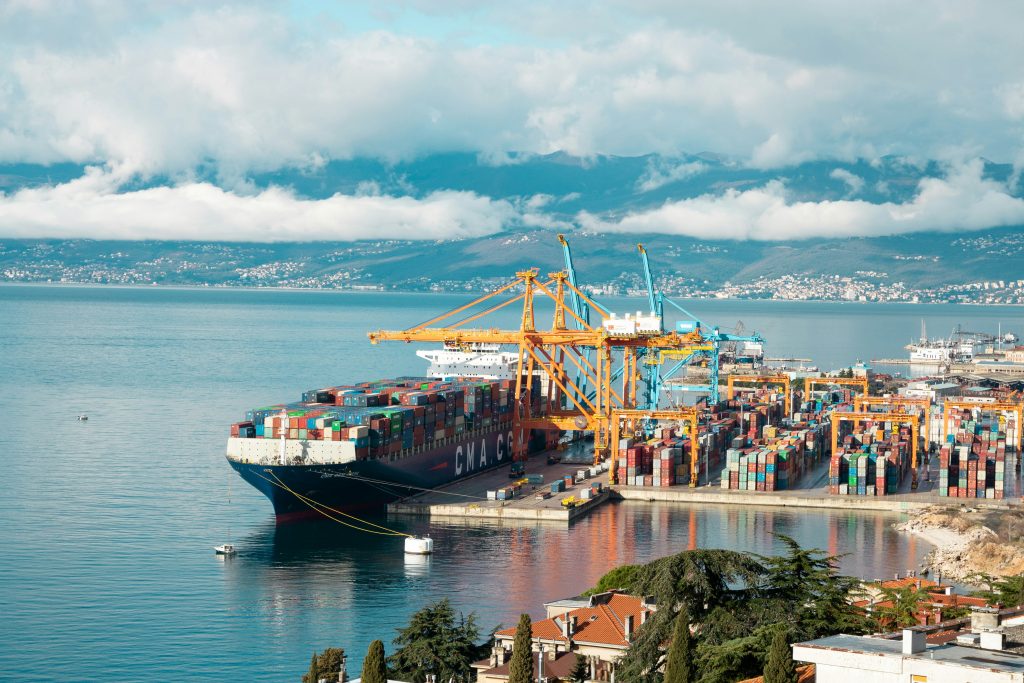August the 21st, 2024 – An eye-watering sum, 380 million euros to be precise, has been poured into the Rijeka Gateway project. It is set to make it the “most modern port in this part of Europe”.
As Poslovni Dnevnik/Josipa Ban writes, according to a few forecasts, world trade volumes should grow by 2.6 percent this year.
That would represent quite the recovery following the turnover of goods falling by 1.2 percent last year owing primarily to high inflation and rising interest rates. However, growth in 2025 should be even higher. That will be the year in which the most technologically advanced container terminal in this part of Europe – the Rijeka Gateway – should be put into operation right here in Croatia. By then, growth should be at approximately 3.3 percent.
With its new 200 million euros investment (in the first phase), will Rijeka Port actually be able to attract some global trade traffic? That will all depend on a number of factors, because logistics has been experiencing turbulent periods for the last few years now.
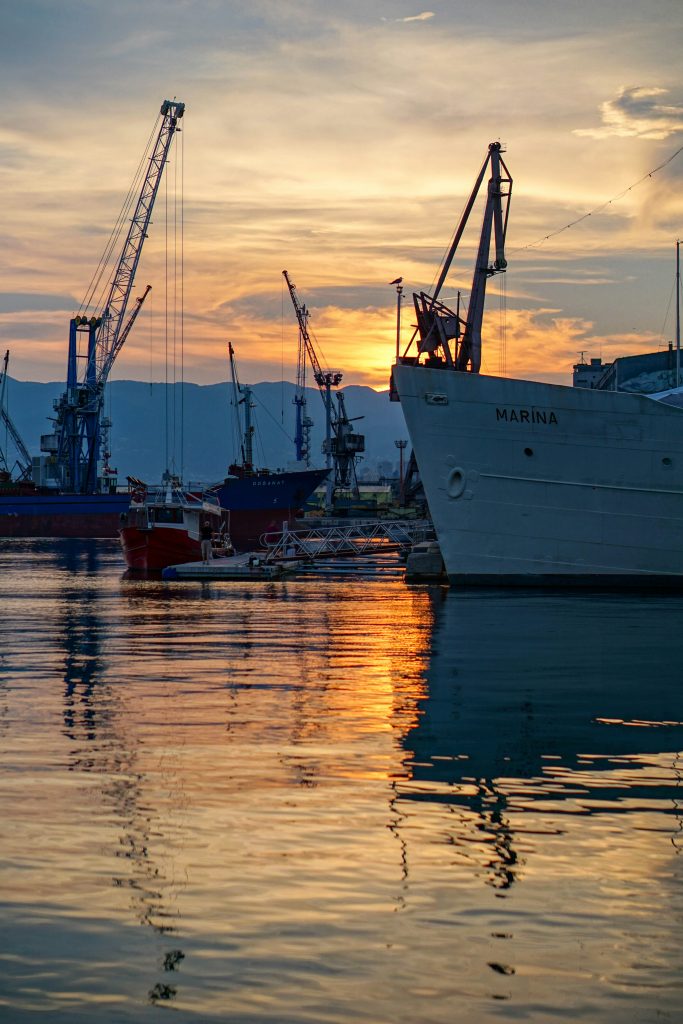
rijeka gateway – an introduction
With the investment of partners APM Terminals (Maersk) and ENNA Group, Rijeka is once again getting the opportunity to become an important place for European trade. Peter Corfitsen, general manager of Rijeka Gateway, revealed more. It’s important to note that this is the largest investment in the history of Rijeka Port, and this well-known Danish company sees plenty of potential in it.
In less than one single year, more specifically by the middle of next year, Rijeka Gateway should be in operation. Are you arranging the first jobs and the arrival of the first ships at the new container terminal in Rijeka?
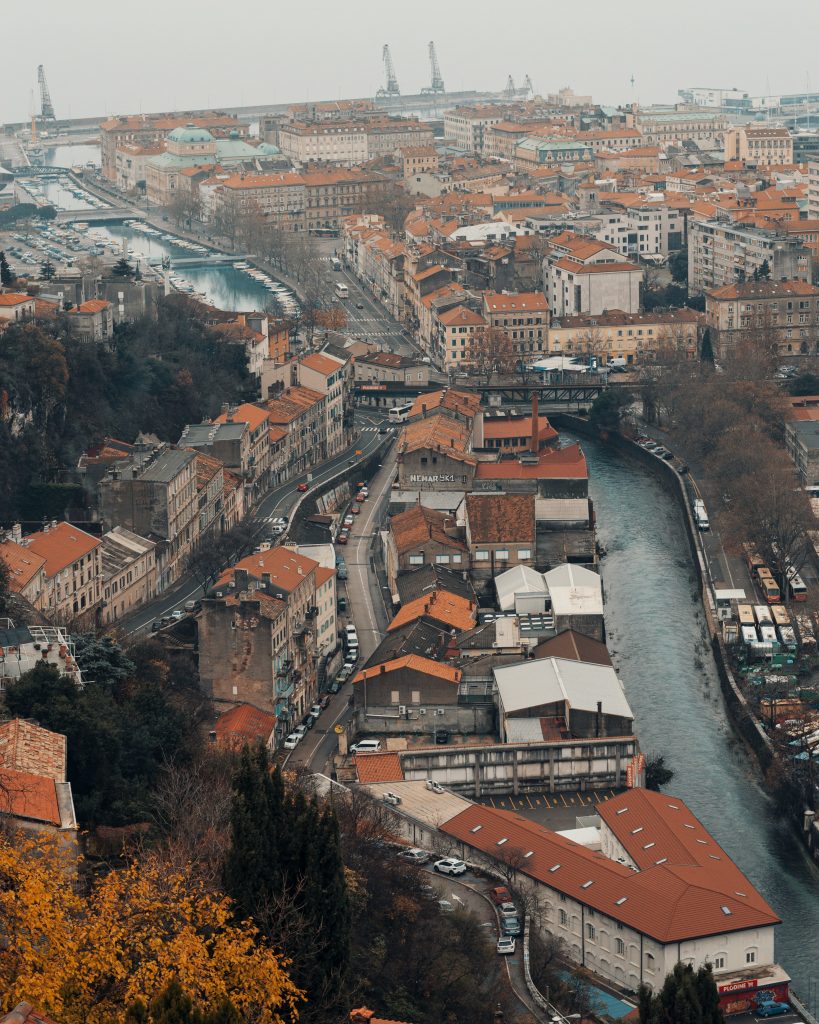
We’re still in the construction phase. The work on the terminal at this stage is extensive and complex because the standard we’ve set is extremely high. We’re building one of the most technologically sophisticated terminals in this part of Europe, as well as one of the most advanced terminals in terms of sustainability.
The plan is to make Rijeka Gateway the very first container terminal in this part of Europe that will be automated and remotely controlled. It’s also one of the largest infrastructure projects in the history of Rijeka Port, carrying an investment of 380 million euros.
More than 200 million euros will be invested in the first phase, and an additional 180 million euros are planned for the second phase over a decade. The construction of the terminal will have a positive impact on the local community, with more than 300 new jobs expected to be created at the terminal itself. Our focus is on engaging in sustainable business using the latest technologies and equipment to achieve zero carbon emissions and minimal light and sound pollution.
We’re carrying out a series of works on the terminal itself, as well as the renovation of warehouse building 22 in parallel. In October, the first large cranes will arrive to transfer cargo from the ship to the shoreline. The cranes will be the first recognisable symbols of the terminal that will begin to define the new vision of Rijeka as a whole. We’re very satisfied with the progress so far and our teams are working intensively on all aspects of the project so that the new terminal will start operating next year.
APM Terminals, part of the danish Maersk, operates in 60 ports worldwide. what made them decide to come to Rijeka? What potential do you see in Rijeka?

Rijeka is a strategic entry point for all of Central Europe, which is a great advantage for the terminal. The advantages of Rijeka Port are access to the open sea, proximity to the main markets throughout the Adriatic and in Central Europe, and the high-quality cooperation of the local port authorities and the community with us as investors.
The investment in Rijeka Gateway is part of a broader strategy to improve logistics across Eastern and Central Europe, improve trade connections and create new business opportunities. Rijeka Gateway is developing as one of the most technologically advanced container terminals in the entire region with the capacity to handle more than one million TEUs (equivalent to a 20-foot container) per year. This additional capacity will enable Rijeka to become a leading entry point for the wider region, which sets new efficiency standards, and to the direct benefit of our users. Rijeka Gateway’s advanced infrastructure will complement and expand all existing port operations, contributing to a more efficient, reliable and competitive regional logistics system.
What is the interest of shipowners in Rijeka port, given that it’s well known that it has lost its importance?
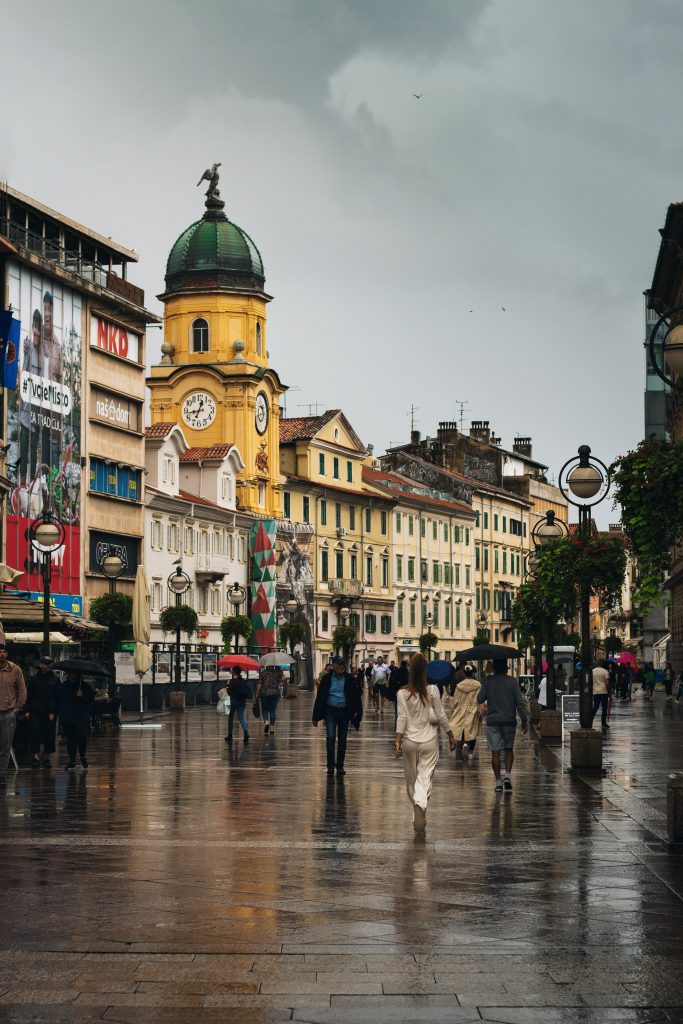
Rijeka has an excellent strategic location, and the key to revitalising its importance in the maritime sector is the commitment of the Croatian Government, the port administration and local self-government uit to fully utilise this potential. The development of the Rijeka Gateway project demonstrates this commitment and ability to return Rijeka to the map of important European ports.
The combination of investors APM Terminals (Maersk) and ENNA Group in Rijeka Gateway represents an ideal partnership for the realisation of the full potential of Rijeka Port In addition, Rijeka has a long maritime tradition, a well-educated workforce and institutions such as universities that support such large and technologically advanced projects. All these factors were key to the decision to launch the project and are in perfect harmony with the future plans for the port.
how long do you expect it to take for the investment to be returned?
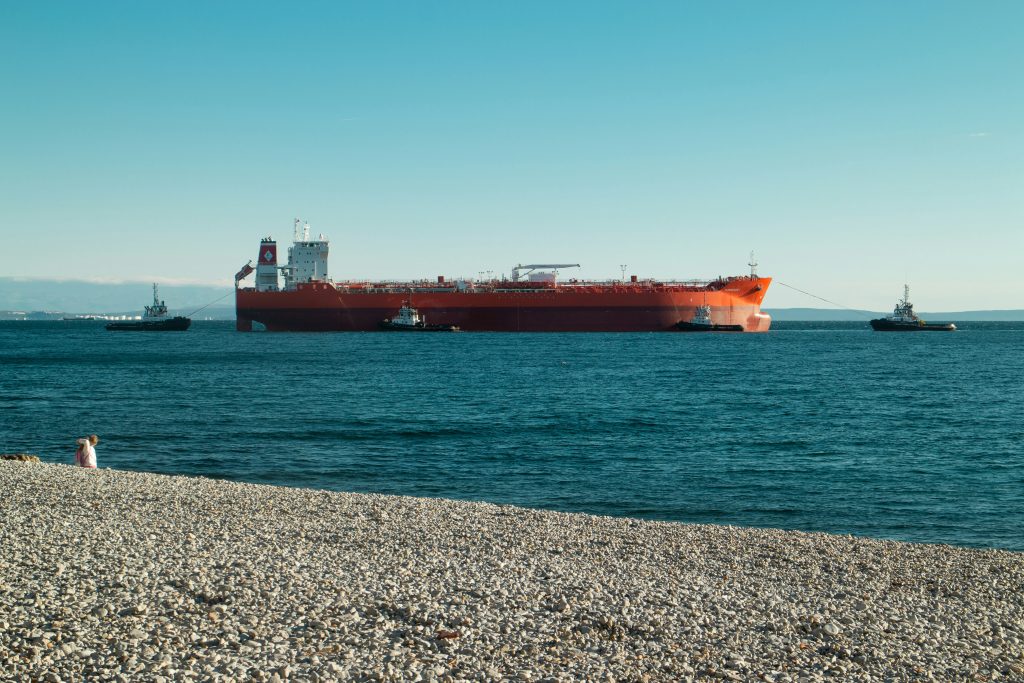
This is an absolutely enormous infrastructure project with a long-term return on investment. It’s strategically important, and this is how APM Terminals and ENNA Group view it. The concession for the terminal was granted for 50 years, and the project was designed to be implemented in phases. When it comes to such large projects, it’s absolutely crucial to have stakeholders who understand the long-term goals and are willing to endure both good and challenging years. These are normal aspects of doing business over a long period. During fluctuations in traffic, it’s important to have a proper plan in place and support that ensure the stability and sustainability of the business, continuously taking care of the user base that needs to be provided with a reliable service.
What goals have you set in the first year of operation of the terminal, i.e. 2025?
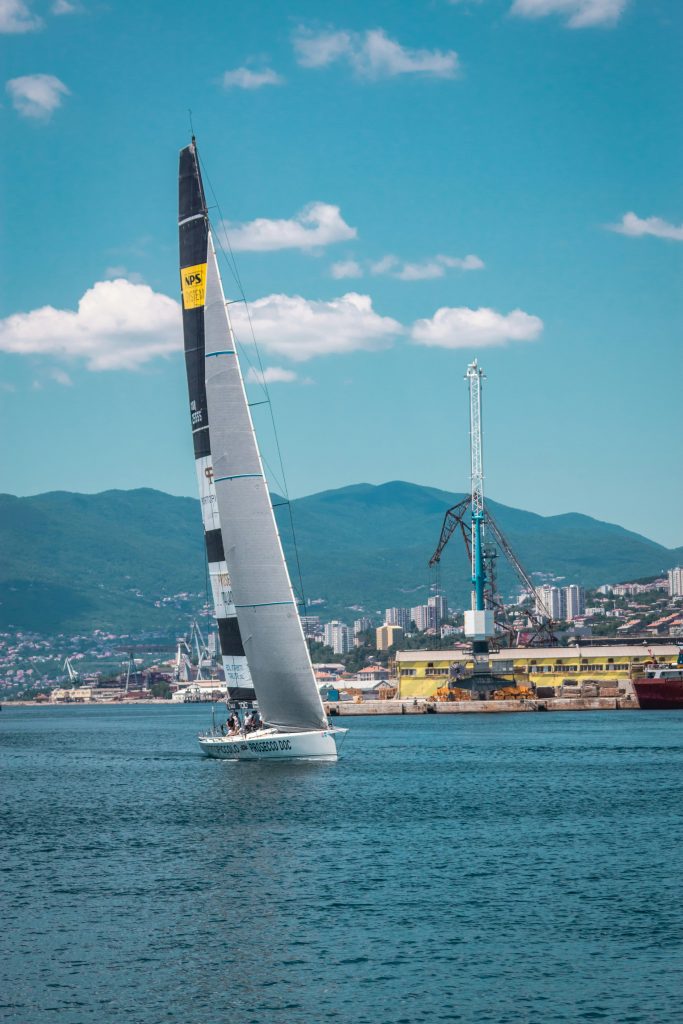
The terminal will start operating in 2025, and the initial goal is to increase and stabilise this operation to the satisfaction of the users themselves. The key is to have a capable and trained team that will provide highly efficient, safe, reliable and sustainable terminal services, taking full advantage of investments in our technologically advanced terminal and warehouse equipment. Our ambition is to attract a talented and educated workforce from Rijeka and across the region, offering significant employment and development opportunities. We’re already becoming part of the local community and want to ensure that these operations have minimal impact on the environment of Rijeka and the people living there, and we’re sure that Rijeka Gateway will significantly contribute to the local and regional economy.
what kind of cargo will dominate the new terminal?
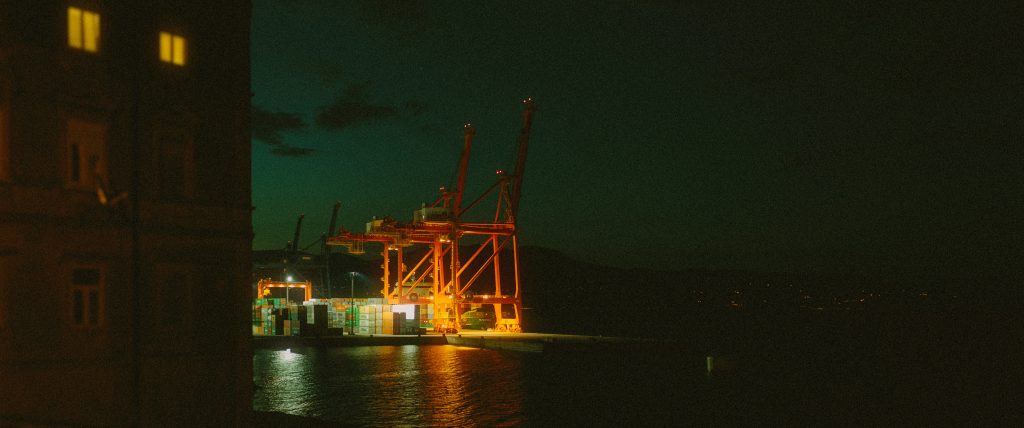
The market and traffic trends will direct the flow and type of cargo towards Rijeka Gateway. We’ll have the capacity to accept all types of containerised goods. Shipping carriers and end customers of these goods will have the opportunity to do business through our infrastructure, and we’re convinced that the efficiency and reliability we will ensure will be a decisive factor for users’ decisions to develop their supply chains through us.
what will the end destination be for such cargo?
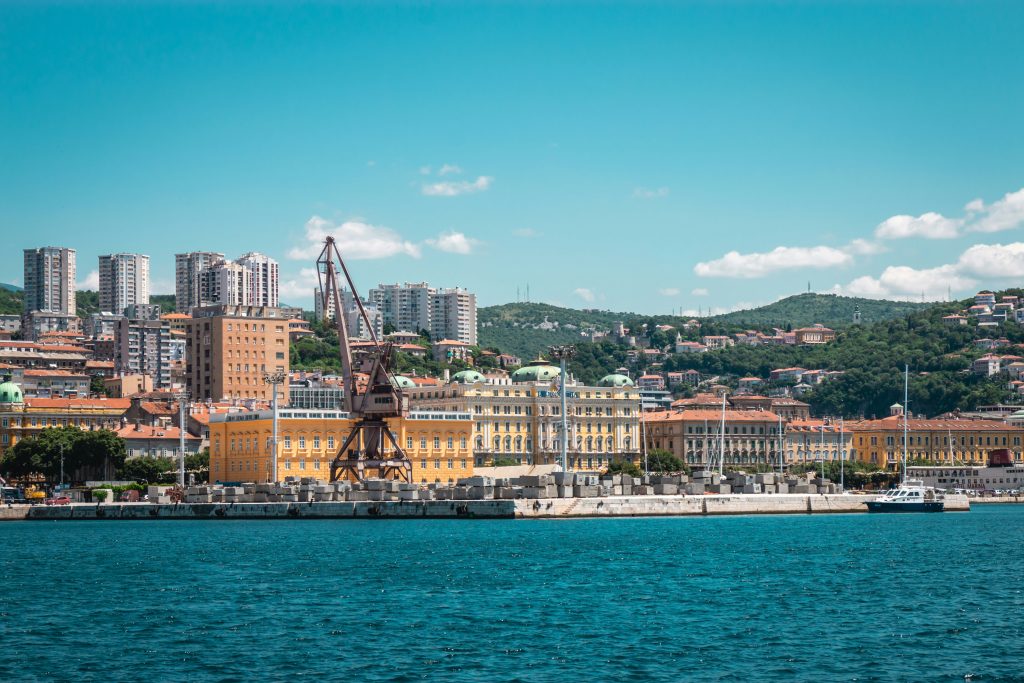
The cargo that will be processed through Rijeka Gateway will primarily be intended for the Central European region, using the strategic position of Rijeka as an entry point to that region. Additionally, it will serve various other destinations across Europe and potentially beyond, using the connectivity the port provides. We’re optimistic in the expectation that the entire region will quickly recognise the potential of the terminal for export and the creation of new value chains for various industries. Previously, such possibilities were limited due to the lack of options, and with Rijeka Gateway we expect the development of new business networks that will benefit the wider region.
The success of Rijeka Gateway terminal operations will also depend on the railway connection between Rijeka and the continent, which is not the best. You need, as has been pointed out many times, a double-track railway, and the question is when it will be built. To what extent does this represent a problem for you?
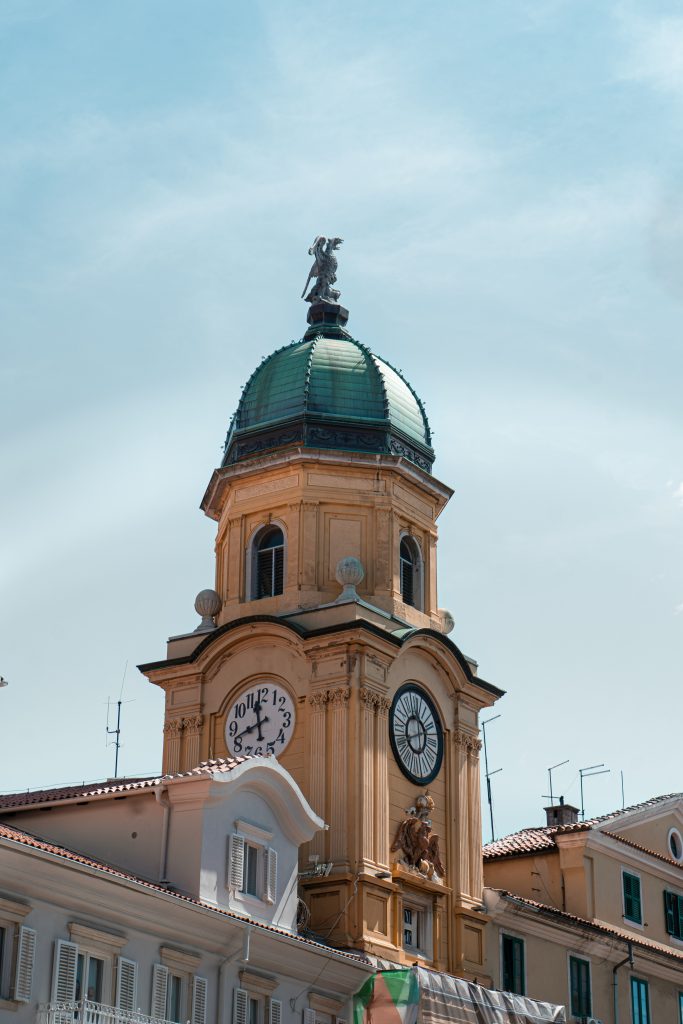
For the implementation of complex and expensive projects such as the modernisation and expansion of railway infrastructure, it’s absolutely essential to have sufficient traffic that would justify such investments. The Rijeka Gateway project is designed to create the conditions for Rijeka to become the largest port in the entire region, making investment in the railway both feasible and justified, not just a desire. In view of this, we believe that the success of our project will have a positive impact on the acceleration of the railway expansion project. In this context, rail transport is our priority because it’s more financially sustainable and environmentally friendly compared to road transport. Our vision includes strengthening the railway connection in order to take full advantage of the advantages provided by the Rijeka Gateway project.
how will maritime transport issues affect rijeka gateway’s business?
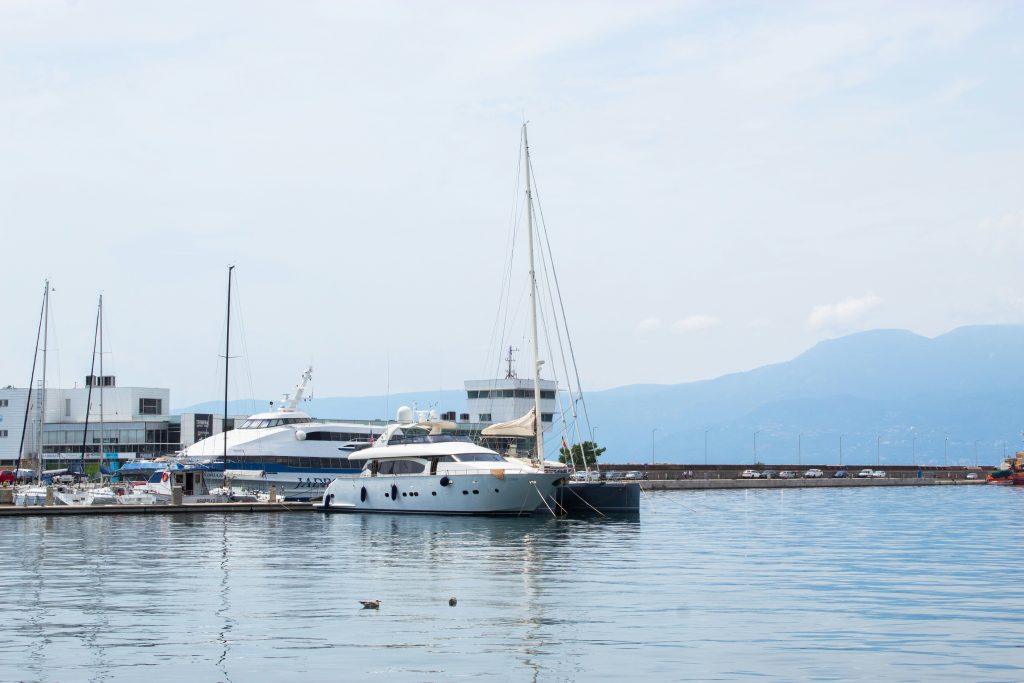
As stated, this is a long-term investment and we plan to stay here for many years. Rijeka Gateway is preparing for different environments and market fluctuations over a long period, and we’ll always respond to them in close cooperation with our users. We’re preparing for the rather distant future, not just for the short term. Our intention is to be ready for the future and offer solutions that will deal with and mitigate these expected challenges and disruptions.
You said you will hire more than 300 people. Will there be problems with finding the staff, which is one of the leading problems for employers in Croatia today?
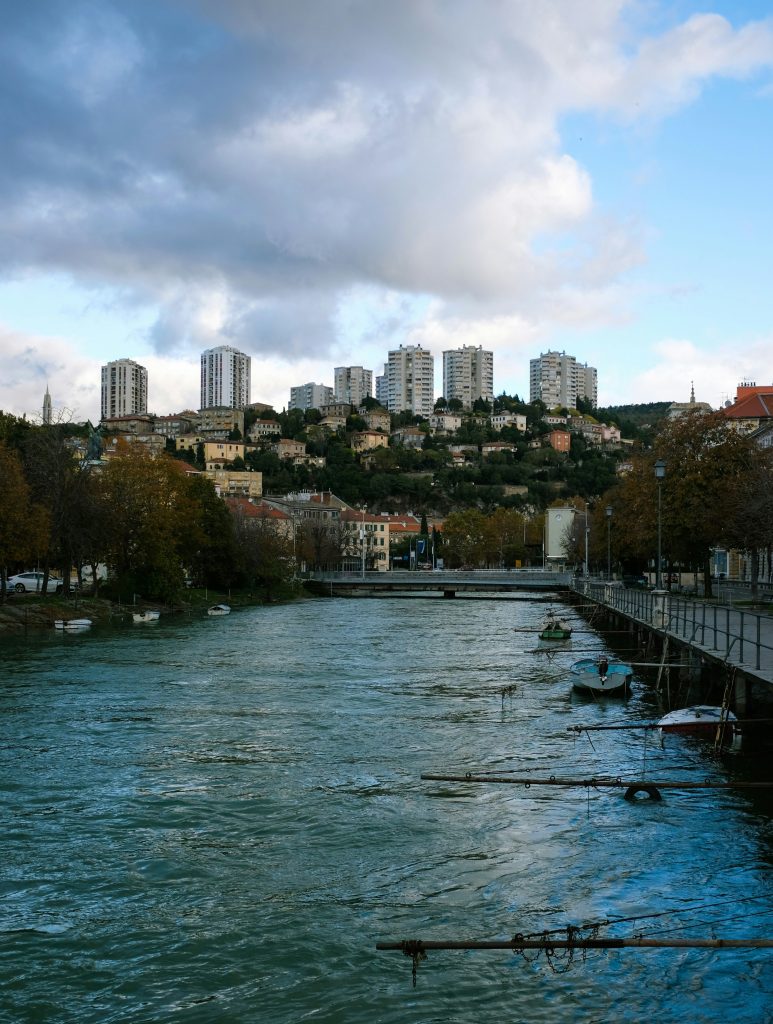
The terminal is being developed in stages, and this approach also applies to employment. We’re currently recruiting the staff needed in this phase of the project, and next year we’ll focus on hiring staff to work at the terminal itself. Given the advanced technology that is a crucial part of the terminal and the attractiveness of the project, we believe that we’ll be able to find enough qualified local labour. We have established excellent cooperation with the University of Rijeka, especially with their Maritime Faculty and with the Polytechnic in Rijeka. We’re especially looking forward to future collaborations with local secondary schools and colleges. Our primary goal is to offer quality and stable jobs in an international environment and we’re glad to see that the local community recognises the value we’re bringing.
It’s constantly being emphasised that Rijeka Gateway will be the most modern port in this part of Europe. How much will be invested in the technology itself and how much does it facilitate business at container terminals today, as well as the management itself?
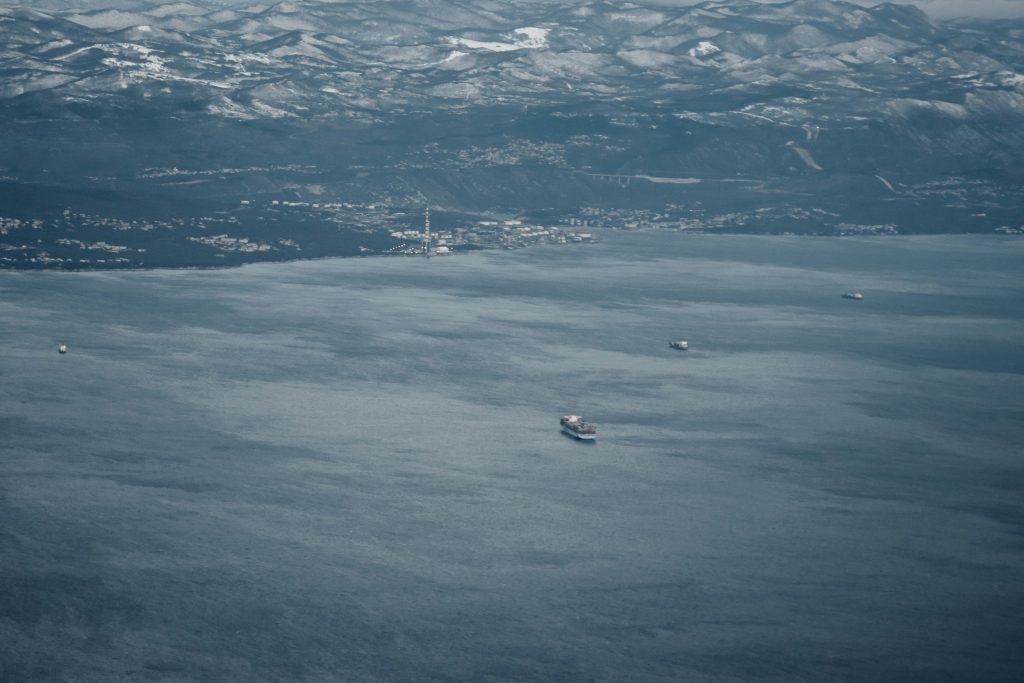
Rijeka Gateway will be the most modern port in this part of Europe, with major investments in the most advanced technology, and with a special emphasis placed on sustainability. A significant part of the total project budget of 380 million euros is intended for the most modern equipment and systems designed to achieve the highest standards of environmental protection. The terminal will feature remote-controlled cranes, automated entry systems and advanced IT infrastructure, all of which play a key role in our commitment to safety and sustainability.
Modern technology is key to optimising container terminal operations, enabling us to handle large volumes of cargo with greater reliability and reduced operating costs. In addition, our focus on sustainable technology ensures that the terminal operates with minimal environmental impact. By investing in advanced systems and equipment, we significantly reduce CO2 and other harmful emissions, setting new sustainability standards in the region and strengthening our commitment to environmental responsibility.
what kind of partner has enna logic proven to be?
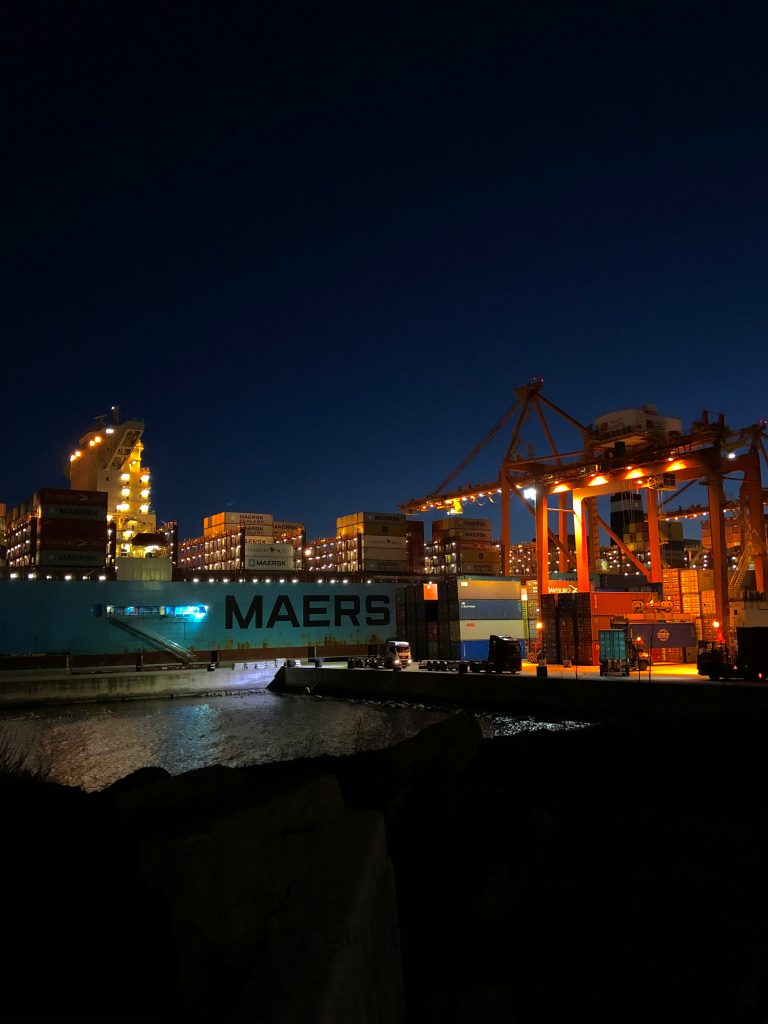
APM Terminals, a company wholly owned by the Maersk Group, is one co-owner that brings rich and proven experience as a concessionaire, terminal owner and operator of container terminals worldwide. ENNA, as the other co-owner, has invaluable local and regional business knowledge and valuable relationships with authorities, including the ownership and management of railways in the region. Such a combination strengthens Rijeka Gateway, and the responsibility from a management perspective is to ensure that we use all these advantages for the benefit of our future users, Rijeka and the region as a whole.

